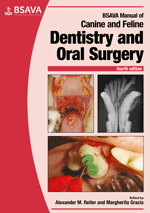
Full text loading...

This chapter describes a range of endodontic treatments and techniques in operative dentistry, with extensive information on the management of oral bone and soft tissue trauma. Operative Techniques: Vital pulp therapy; Standard root canal therapy (standardized filing technique and cold lateral condensation); Dental defect preparation and restoration; Interarch splinting; Circumferential wiring; Interdental wiring and splinting.
Management of dental and oral trauma, Page 1 of 1
< Previous page | Next page > /docserver/preview/fulltext/10.22233/9781905319602/9781905319602.9-1.gif

Full text loading...





































































































